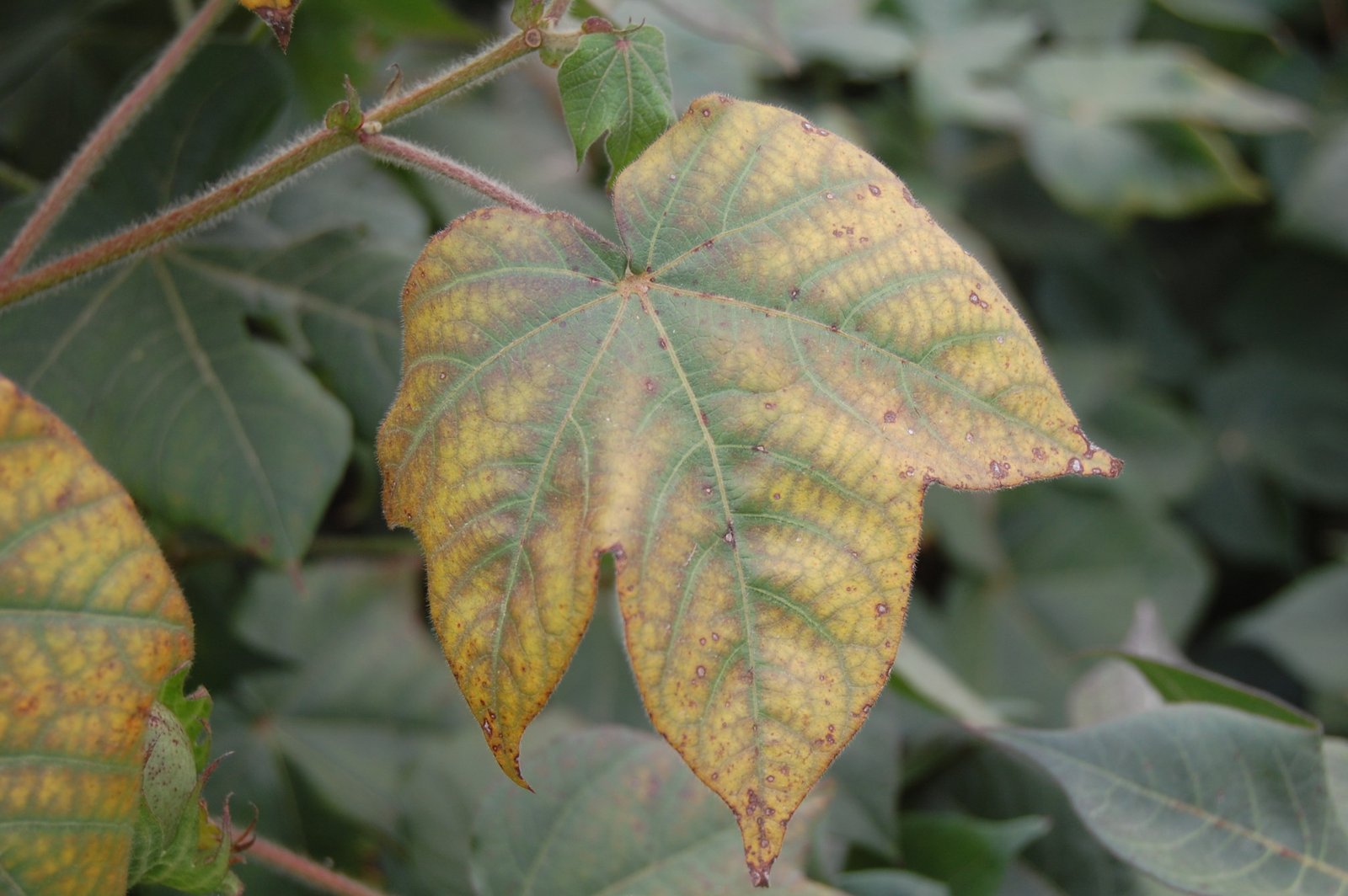Researchers report in Current Biology that the fossilized leaves of two now extinct Gigantonoclea species exhibit evidence of nyctinasty, or circadian rhythmic folding at night.

Some plants may have curled up their leaves for a cosy “sleep” at night as early as 252 million years ago. Researchers report in Current Biology on February 15 that the fossilized leaves of two now extinct Gigantonoclea species exhibit evidence of nyctinasty, or circadian rhythmic folding at night.
The team claims that in that case, these specimens would represent the first known fossilized examples of this unusual plant behaviour. The two leaf fossils were found in a rock layer that dates from between 259 million and 252 million years ago in southwestern China.
The leaves of both species had broad, serrated edges. Intriguingly, they have holes that are oddly symmetrical. Trifolium, or common clover, leaves. The holes on two of the three leaves are symmetrical. Symmetrical leaf damage in recently discovered plant fossils closely resembles insect-caused holes in living plants, like the common clover Trifolium, which has the ability to fold up its leaves.
According to paleontologist Zhuo Feng of Yunnan University in Kunming, China, and colleagues, insects formed those holes while feeding on the leaves while they were folded.
According to the team, folding behaviour can be distinguished in leaves that may have shriveled as the plant died by looking for similar symmetrical patterns of insect damage in fossilized leaves.
Modern plants that fold and unfold their leaves use specialized cells called pulvinus cells, which act somewhat like muscles. These plants include many members of the legume family, such as the orchid tree. The cells can bloat or deflate, causing the leaves to fold or curl. This is accomplished by moving water from one area of the leaf to another.
It is impossible to say whether these ancient plants also had pulvinus cells because these cells would be at the base of the leaves, which were not preserved in the fossils, the team says. The leaves would also have to have been folded for long enough for insects to finish their munching, even though it’s difficult to prove this was nighttime behavior.
The discovery does, however, imply that such leaf folding emerged independently in various plant lineages because angiosperms, or flowering plants, make up nearly all of the modern plants that do this. However, Gigantonoclea species were gymnosperms, which are plants that produce seeds, like conifers and ginkgos.